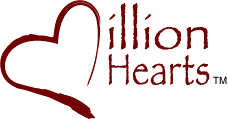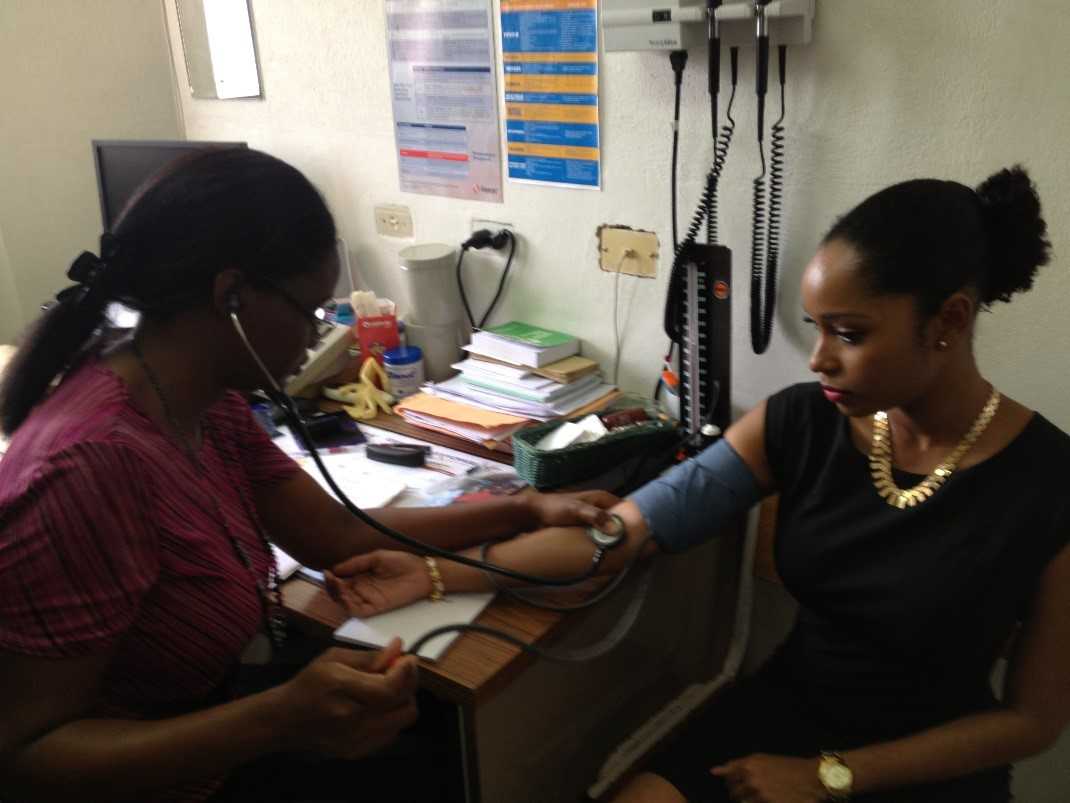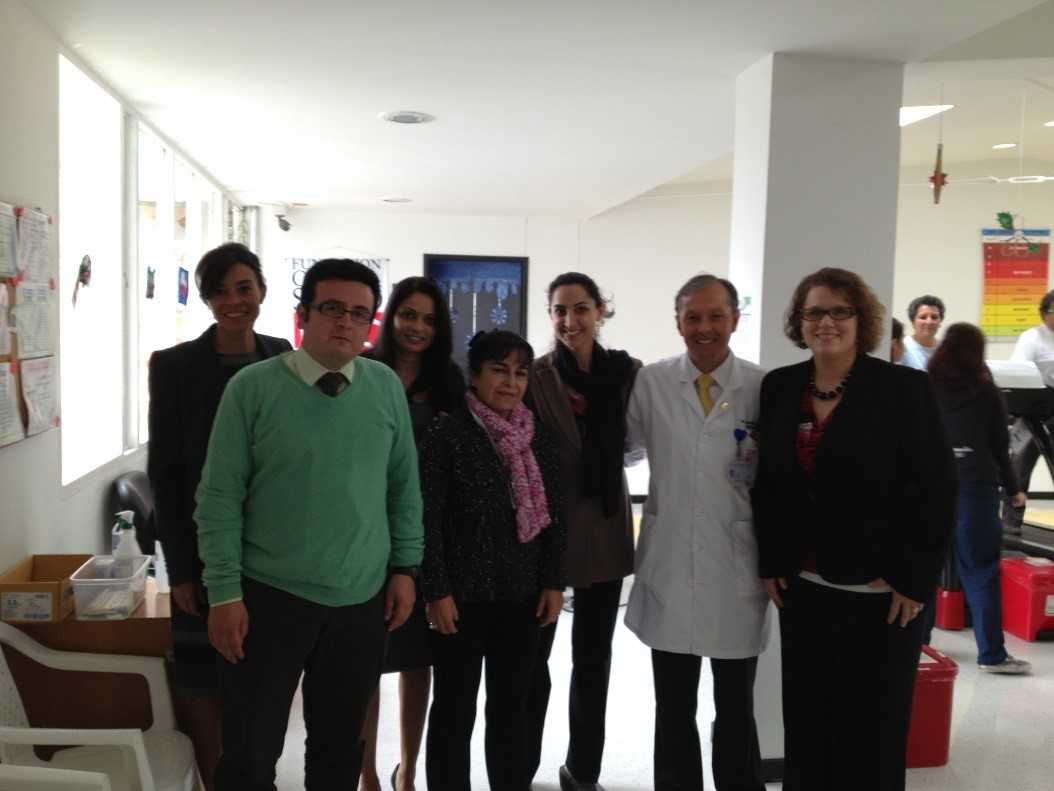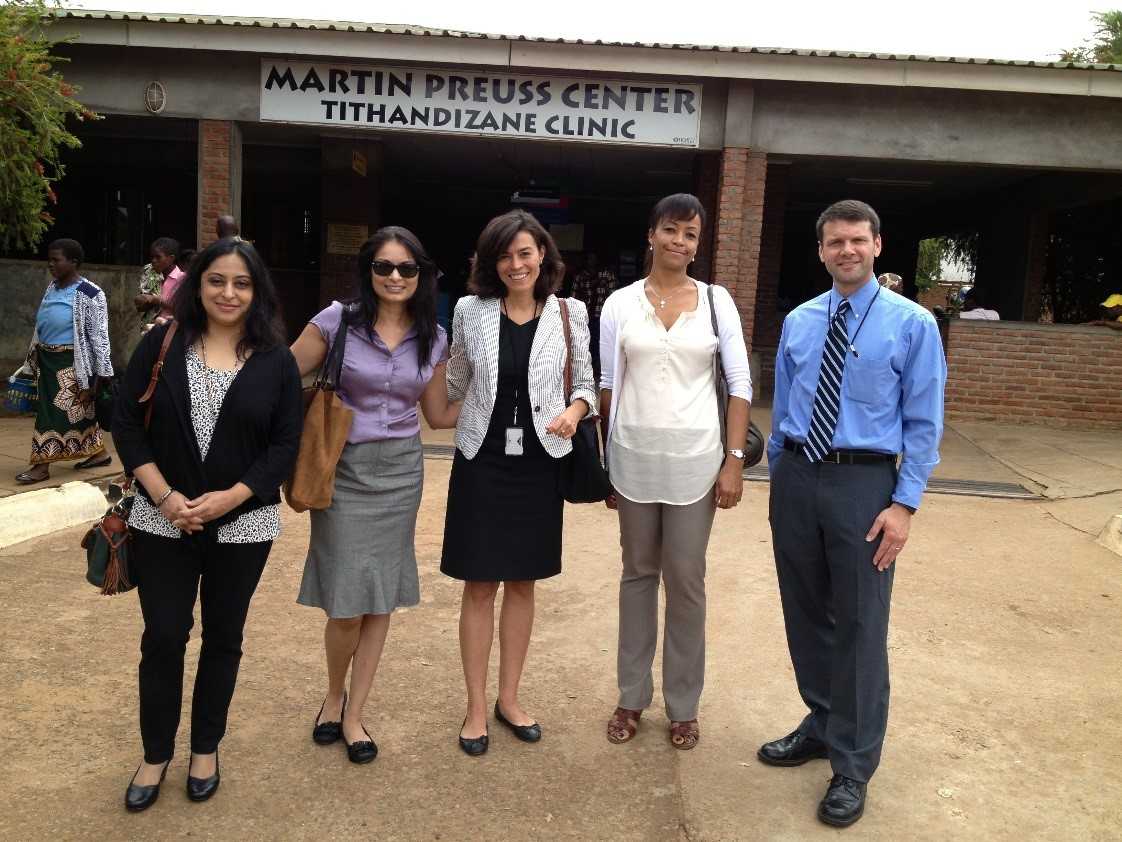CDC’s Response for Global Hypertension Control
By Pragna Patel, MD, MPH (CGH) and Barbara A. Bowman, PhD (NCCDPHP/DHDSP)
Challenges
High blood pressure, also known as hypertension, has become a global crisis and is estimated to cause 9 million preventable deaths worldwide. Commonly referred to as the “silent killer,” hypertension often has no warning signs and is a leading risk factor for cardiovascular diseases, such as heart attack and stroke. Over a billion people worldwide have hypertension, yet a small fraction have the disease under control. Based on lessons learned from global HIV and tuberculosis programs, we know that broad scale hypertension control, although challenging, is feasible.
Solutions
Global Standardized Hypertension Treatment Project
In recognition of the need to meet the challenge of improving the control of hypertension worldwide, the Centers for Disease Control and Prevention (CDC), in collaboration with the Pan American
Health Organization (PAHO), has launched the launched the Global Standardized Hypertension Treatment Project (GSHTP) (the Project). The Project’s goal is to improve hypertension treatment and reduce associated morbidity and mortality by developing and implementing a framework for standardizing the pharmacologic treatment of hypertension globally.
The Project proposes a framework that includes three key elements:
- Using a core set of medications for the treatment and control of hypertension
- Increasing the availability and affordability of these medications
- Strengthening health care delivery systems by using standardized treatment protocols, registries for cohort monitoring, and team-based car, to improve controlled hypertension at a population level and sustain long-term control for every patient
In May 2013, the World Health Assembly, as part of a Global Monitoring Framework, endorsed a set of targets and indicators, including four that this project will directly contribute to achieving by 2025:
- 25% relative reduction of raised blood pressure
- 25% reduction in the relative risk of mortality due to cardiovascular disease
- At least 50% of eligible people receive drug therapy and counselling (including glycemic control) to prevent heart attacks and strokes, and
- An 80% availability of the affordable basic technologies and essential medicines, including generics, required to treat major noncommunicable diseases
 Million Hearts® is a national initiative to prevent 1 million heart attacks and strokes by 2017. Million Hearts® brings together communities, health systems, nonprofit organizations, federal agencies, and private-sector partners from across the country to fight heart disease and stroke.
Million Hearts® is a national initiative to prevent 1 million heart attacks and strokes by 2017. Million Hearts® brings together communities, health systems, nonprofit organizations, federal agencies, and private-sector partners from across the country to fight heart disease and stroke.
Million Hearts® aims to prevent heart disease and stroke by:
- Improving access to effective care
- Improving the quality of care for the ABCS (aspirin use when appropriate, blood pressure control, cholesterol management, and smoking cessation)
- Focusing clinical attention on the prevention of heart attack and stroke
- Activating the public to lead a heart-healthy lifestyle
- Improving the prescription and adherence to appropriate medications for the ABCS
Million Hearts® may also be a framework to address global cardiovascular disease (CVD) and provide translatable approaches to reduce the global burden caused by CVD, including reducing hypertension. Country specific strategies can be cost-effective and sustainable, increasing the health and productivity of populations and economies.
Million Hearts® helps to create win-win situations for public and private entities by emphasizing a common message: Improve health and prevent disease, empower patients and providers, enhance and coordinate the systems of care, and leverage the strengths of public and private partners to positively impact CVD.

Patient at the Edgar Cochrane Polyclinic in Barbados having her blood pressure taken.
Updates from the Field: Spring 2015, Issue 18 2 of 2
Partnership Matters
Many persons with hypertension are at high risk for cardiovascular disease even if they do not have symptoms. Because hypertension is "silent,” patients often do not seek medical attention or are not adherent to their treatment regimens. Although hypertension can be life-threatening, it is fairly easy to treat. There are effective, affordable medications that are not difficult to take but in some settings are not widely available.
Value of the Hypertension Toolkit

Representatives from CDC Dr. Sonia Angell, Dr. Pragna Patel, Dr. Andrea Neiman, and Hilary Wall with Javier Maldonado of the Colombia Ministry of Health on a visit to the Clinica Shaio in Bogata, Colombia.
The main objective of the Project's toolkit is to provide health care providers and clinic administrators with the tools they need to improve blood pressure control among their clinic population. The materials provided include information on how to create registries to manage panels of patients and track indicators, as well as how to use standardized hypertension treatment protocols to improve the treatment and control of hypertension in clinical settings. Also included are educational materials for patients and providers as well as clinical tools for hypertension management and improving medication adherence.
In addition, CDC recently hosted a hypertension webinar which has been incorporated into the toolkit. The toolkit is available online at: https://www.cdc.gov/globalhealth/ncd/hypertension-toolkit.htm.
Partner Engagement

CDC’s Dr. Pragna Patel (left front) with Jamario Skeete, Addision St. John, and Dr. Kenneth Connell (left to right back), the Barbados Pilot Implementation Team at the Project office during a site visit.
Medication Procurement
In low- and middle-income countries, a major challenge of controlling hypertension is medication availability and affordability. CDC is currently working with partners to improve access to antihypertensive medications. For example, PAHO has included five of the six primary medications identified for the core set in the Americas on their list for the PAHO Strategic Fund: www.paho.org\strategicfund. The Barbados Drugs Service has done the same: http://drugservice.health.gov.bb/.
Electronic Medical Records
While there have been many advances in electronic data collection, the technology necessary for electronic registries is not available in most low- and middle-income countries. CDC and the Lighthouse Trust is working with Baobab (http://baobabhealth.org/) in Malawi to develop hypertension modules to enhance electronic medical record systems. We hope this enhancement will be widely adopted in Malawi and will facilitate the scale-up of hypertension screening and treatment programs within the country.
Leveraging Existing Systems
CDC’s Global Noncommunicable Diseases Unit is working with partners to stand up hypertension treatment programs by leveraging existing infrastructure, such as enhancing HIV care delivery at PEPFAR-funded sites to include hypertension screening, diagnosis, and treatment in Malawi.

Drs. Kakoli Roy, Pragna Patel, Sonia Angell, Alice Maida, and Fleetwood Loustalot from CDC at the Martin Preuss Center in Malawi for a pre-implementation site visit for the Project.
Implementation
CDC is also providing technical assistance to improve quality of care at clinical sites in Barbados, where many of the Project’s components are being implemented. CDC is currently in engaged with the Ministry of Health in Colombia about implementation of both projects as well as St. Lucia about implementation of the Project. We are open to discussions with any country interested in improving hypertension treatment and control.
Standardized Hypertension Treatment Alliance
CDC and PAHO recently held a Global Standardization Hypertension Treatment Project stakeholder’s meeting in Miami and as a result have created a partnership with organizations and societies from the Latin American and Caribbean (LAC) region who had representatives that contributed to the development of the Global Standardized Hypertension Treatment Project Framework. This Alliance is committed to dedicating time and resources to improving hypertension treatment and lowering blood pressure worldwide.
Spread the Word
Health care institutions and other public health partners can help disseminate information about the initiative and engage ministries of health, academic institutions, and private organizations in implementation. Raising awareness about the disease and its associated complications is important as well.
For further information on the Global Standardized Hypertension Treatment Project, contact: Dr. Pragna Patel at plp3@cdc.gov and for Global Million Hearts®, contact Dr. Andrea Neiman at afn1@cdc.gov.
- Page last reviewed: May 18, 2015
- Page last updated: May 18, 2015
- Content source:
Global Health
Notice: Linking to a non-federal site does not constitute an endorsement by HHS, CDC or any of its employees of the sponsors or the information and products presented on the site.


 ShareCompartir
ShareCompartir